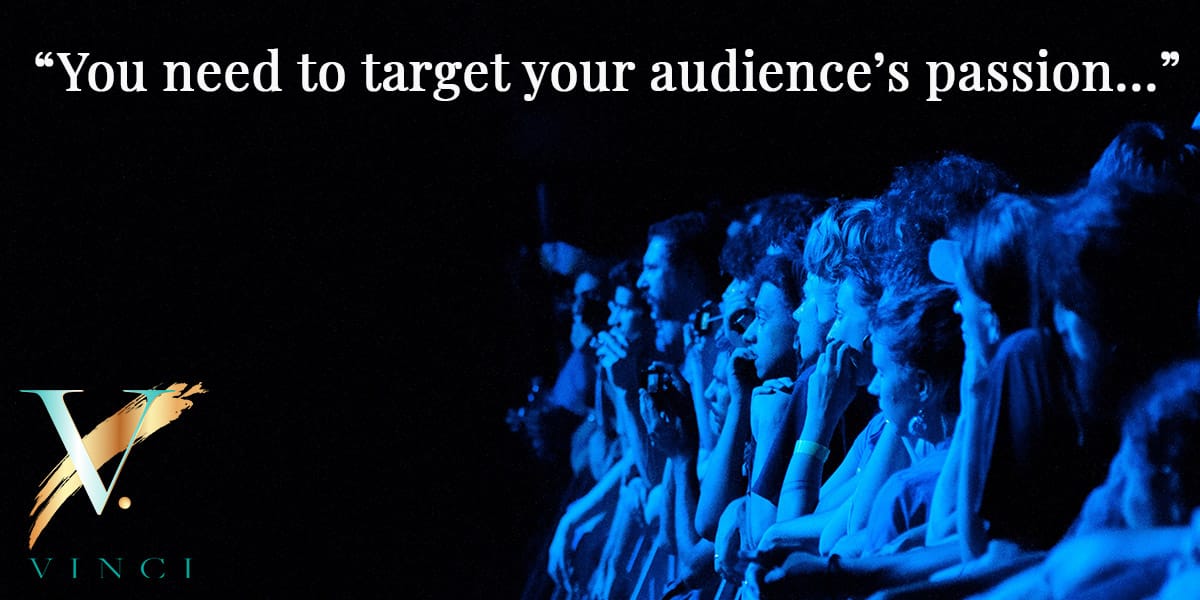The goal of a lifestyle brand is to embody its target audience’s values. The brand creates a subculture that appeals to those values to grab its audience’s attention. One of the best examples of this is Nike.
Nike started as a shoe for athletes. As they expanded their line, they became a sponsor of athleticism. Everyone wants to be that person who is fit and tone. The one that hits the gym daily or goes for a morning run. Nike embodied the idea that anyone could and should “Just do it.”
Over time, the icon of Nike became a symbol of being your best. Of striving to grow and find success. “Run the day, don’t let it run you.” “Take the high road and go higher.” It became less about athleticism and more about motivation. With effective lifestyle branding, Nike became a company that could appeal to anyone.
Nike spent decades building their lifestyle brand. Today, small and medium-sized businesses have even more opportunities to reach the target audience and create a lifestyle brand that works. Consider some tips to get you started.
What Is a Lifestyle Brand?

A lifestyle brand provides products and services to a specific niche inspired by its target audience. If you are targeting young women, your niche might be yoga pants. If you are targeting older women, maybe it is healthy aging beauty products. If the target is new homeowners, you might offer tools for DIY projects.
Lifestyle brands have unique characteristics:
- They connect with a niche audience.
- They strive to engage and develop a loyal following.
- They fill an emotional need.
- They focus on things that are important to their target audience, even beyond their products, such as social issues.
Lifestyle brands take a different approach, touching on targeted ideologies as much as products.
Know What Your Target Audience Wants

That is true with all marketing ventures but maybe even more with lifestyle brands. You need to target your audience’s passion, but first, you must identify it. Ideally, it will be something you are passionate about, too.
The founders of Nike were athletes, so fitness was their passion. It was something they could relate to and share with their target audience. That is true with most of the great lifestyle brands. Apple’s founders, Steve Jobs, Steve Wozniak, and Ronald Wayne, were passionate about computers and innovation.
Even if you are marketing something that doesn’t fuel your passion, you need to be at least knowledgeable about the subject. If you are selling fitness apparel, understand what drives people that buy it. Understand what they want and why. That’s how you reach them.
Make Brand Awareness a Priority with Influencers

Lifestyle brands need to embrace the idea of like attracts like. If your target is yoga enthusiasts, you might need to bring in someone to market the brand they recognize. Influencers are a big business in lifestyle branding because they already have the following you want.
It takes an investment, but if you choose your friends well, it should pay off for your brand. Half the work is done if you build connections with the right influencers. Go beyond just buying their time, though. Make them believe in your product. That belief will go a long way to helping you grow brand awareness. They won’t just talk about it for five mentions on an Instagram post; they will sell your product by using it themselves.
Keep It Simple
 Often small and medium-sized businesses invest tons of money in elaborate marketing assets like logos. The most impactful logos, though, are the simple ones. A pair of golden arches, a simple check mark, and an Apple with a bite taken out of it are logos people immediately associate with a brand. They are not elaborate but straightforward and easy to remember. They should be unique in some way but not complicated.
Often small and medium-sized businesses invest tons of money in elaborate marketing assets like logos. The most impactful logos, though, are the simple ones. A pair of golden arches, a simple check mark, and an Apple with a bite taken out of it are logos people immediately associate with a brand. They are not elaborate but straightforward and easy to remember. They should be unique in some way but not complicated.
Keep The Brand Messaging Consistent

Consistency is crucial in lifestyle marketing because it identifies the brand message, ensuring the target audience won’t forget. If you keep changing that message, they will never connect the dots.
That doesn’t mean you can’t expand your message, just keep the flow. Nike was always about fitness. They just expanded the message to equate fitness with success. They also diversified it, so fitness can apply to anyone, not just the person that hits the gym. Today, they appeal to people of all shapes and sizes because all they ask you to do is get moving. That is something anyone can do.
Support Causes That Matter

Lifestyle brands appeal to passionate people. They want to see that same passion in the brands they support. Today, companies are social entities along with business ones. Consumers expect them to support causes that are important to them. For example, the young mother who buys yoga pants may long for less expensive child care.
Companies of all sizes need to find a cause and develop their own passion. That is how you personalize your brand. Focus on long-term investments that matter to your subculture. For instance, an apparel company might support sustainability and devote money and resources to organizations working towards it.
Once you find a cause to support, make some noise about it. Let your target audience know what you are doing and why it matters to you.
Become Storytellers

Lifestyle brands need captivating brand stories. They need the ability to paint a picture and show their audience why they matter. You are not selling a product; you are developing a subculture.
Storytelling is a great way to make a topic more personal. Consumers want to connect with a lifestyle brand; nothing feels more personal than a story. It might be about the brand, about social causes, about a loyal customer – whatever the topic of your content, build a story around it.
Lifestyle brands have to focus less on product promotion and more on brand prominence. Engage with your audience regularly on social media, talk to them about things that matter, and make it as personal as possible.
If you want to start a lifestyle brand, let us help you get on the right foot. We can assist you in building a practical, stress-free approach to creating lifestyle brand strategies. Contact our team at Vinci Digital today for more information.











